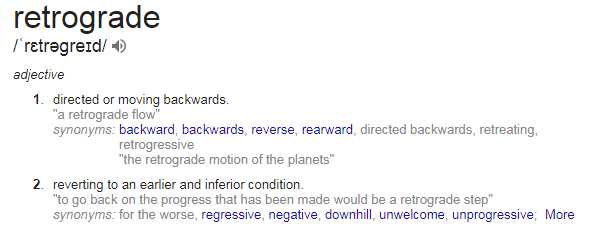(36) Ancillary Task 1 // Audience Research
Audience Research: Magazines
I conducted research video in which I asked a select group of people questions regarding their consumption of magazines and what they expect from them. The findings of my research will help me understand what the public want from a film magazine which will allow me to apply this to the construction of my own magazine double spread during my ancillary task.
I asked the following questions:
What Were Your Findings?
It's important to consider the reliability of my results. Firstly, I only asked a select group of people. This means that my sample size isn't representative of a large scale. Secondly, most of my sample were of a similar age and gender, this means that it is not representative of all kinds of people. Similarly, it's not representative of the entire public's opinions because all of my interviewees were from a similar region and of a similar class. However, I still have gathered a conclusion from my research.
I conducted research video in which I asked a select group of people questions regarding their consumption of magazines and what they expect from them. The findings of my research will help me understand what the public want from a film magazine which will allow me to apply this to the construction of my own magazine double spread during my ancillary task.
I asked the following questions:
- Are there any particular film magazines that you read or have ever read? If so, which ones.
- Have you ever read film reviews in non-specialist magazines (such as HEAT, Glamour, cosmopolitan, Grazia etc)?
- Do you ever read IMDB.com (The Internet Movie Database) for critics reviews?
- Do you ever read IMDB.com for user submitted reviews?
- In your opinion, which is more likely to affect your chances of seeing a film; a critics review, or a friends? Why?
- How important is a positive review in deciding whether to see a film or not?
- Which magazines do you regularly read (Any magazines, not just film ones)? Why?
In terms of the magazine itself...
- What would you expect to see contained in the layout of a double page spread for a film review?
- How important is the use and choice of image(s) in this?
- Do you like the idea of a star rating?
- Is the choice of font and text colour important?
- Is the choice of background colour important?
- Should the page number, month, issue, website, social media appear?
I also asked my participants to compare three separate magazine: 'Little White Lies', 'Empire' and 'Total Film'.
What Were Your Findings?
It's important to consider the reliability of my results. Firstly, I only asked a select group of people. This means that my sample size isn't representative of a large scale. Secondly, most of my sample were of a similar age and gender, this means that it is not representative of all kinds of people. Similarly, it's not representative of the entire public's opinions because all of my interviewees were from a similar region and of a similar class. However, I still have gathered a conclusion from my research.
- Nobody regularly reads film magazines.
- Most of the participants have read a film review at least once in a magazine at some point.
- Most of the participants use IMDB.com to look at both critics and user submitted reviews.
- Most people are swayed by their friends' opinions rather than a critic's when it comes to potentially watching a film.
- Most people agreed that critic's opinions don't really matter to them because they watch films for entertainment value as opposed to the artistic side of film.
- All of the participants don't read magazines regularly, however, some suggested that they used to.
In terms of the magazine itself...
- Most people expected to see images of the film, information and a review.
- Most of the participants agreed that images should be relevant to the film and give a good representation of it. A lot of them suggested the use of screenshots and posters.
- Most of the participants agreed that font and colour play an important role in representing the film and making it stand out to a reader.
- Everybody agreed that they like the idea of a star rating.
- People agreed that the background colour is important, however, not the most important aspect of the review.
- Most of the participants agreed that the page number is important in navigating the magazine and that the social media is important in promoting the film.
Comparison:
- EMPIRE: Most of the participants agreed that EMPIRE MAGAZINE seemed to be very male oriented. They said that it seemed professional but only focused on blockbuster films.
- TOTAL FILM: Most of the participants mentioned the objectification of women throughout the magazine and agreed that it is sexist. A lot of them agreed that it was very bright, in your face and some suggested it was tacky. They suggested it only focused on blockbuster films.
- LITTLE WHITE LIES: Everybody agreed that LITTLE WHITE LIES magazine seemed more artistic and specialised in both blockbusters and indie films. They agreed that the texture and layout was nicer and that it seemed more high brow. Most of the participants also agreed that it was more of a specialist magazine in that it focused on film as an art rather than a commodity.



Comments
Post a Comment